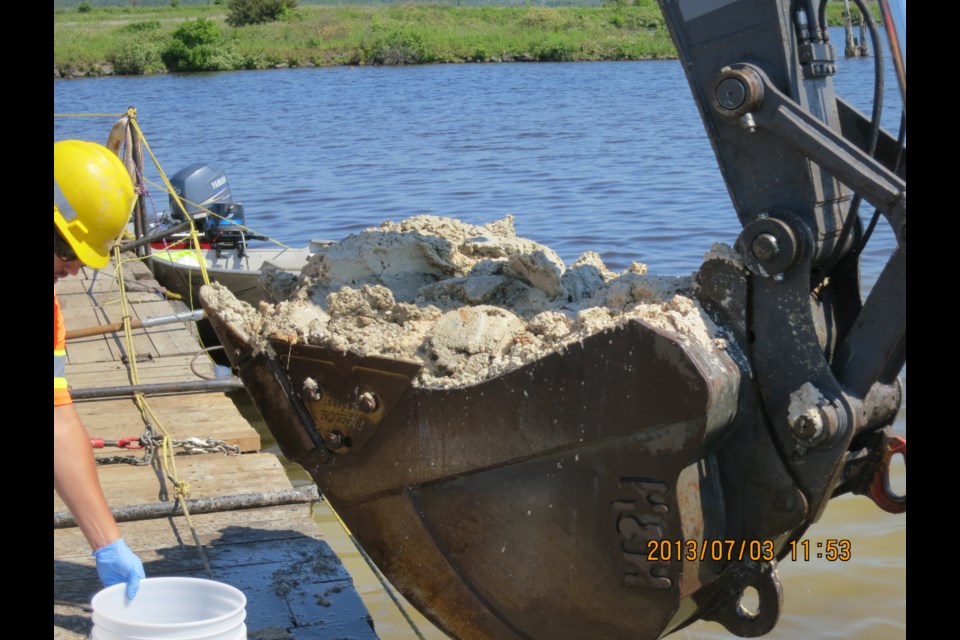THUNDER BAY -- More than three years after consultants identified options for dealing with up to 400,000 cubic metres of mercury-contaminated sediment—the product of decades of industrial activity in Thunder Bay's north harbour—the toxic material remains at the bottom.
The preferred solution in the report was to dredge the sediment and transfer it to the Mission Bay Confined Disposal Facility (CDF) at the harbour's south end. That came with an estimated cost of $40 million to $50 million, and was considered the best choice based on factors such as environmental effectiveness and cost.
The consultants also looked at other options, including building a new containment structure on the shoreline adjacent to the former Superior Fine Papers mill.
Jim Bailey, a spokesperson for the Remedial Action Plan which monitors harbour pollution, says no solution has been chosen as yet, and there is no money for doing the work.
"One of the holdups is identifying a lead organization or agency to lead this cleanup. Without a lead, obviously the project can't go forward, so that is one of the sticking points," Bailey said in an interview with tbnewswatch.com.
RAP members have recently explored the feasibility of getting the contaminated area added to a federal list of contaminated sites, which might make its cleanup eligible for government funding.
The sediment site is adjacent to the mouth of the Current River, and has been described as layers of "pulpy" material up to four metres thick in some spots.
Bailey said being added to the federal list is one of the keys to getting closer to a cleanup, but the project would still require a cooperative effort involving a number of organizations.
The preferred option for disposal at the Mission Bay CDF near Chippewa Park seems unlikely to come to fruition in any case.
"That's been used for decades to dispose of sediment collected for navigational dredging. It was never designed, to my knowledge, for contaminated material," Bailey said.
He added that the Fort William First Nation has also made it clear that it doesn't want to see the contaminated material disposed of near their community.
According to Bailey, the federal government is the legal custodian of the harbour bottom, but "at this point, Transport Canada has not been fully engaged in this process. Work needs to be done to hopefully get them engaged," he said.
Tbnewswatch.com contacted a government official for comment, but has not yet received a reply.
